DIGITAL TRANSFORMATION
Speed-up Digital Transformation with INNOVIKRobotic Process Automation (RPA) accelerates digital transformation of business processes by automatically replicating tedious actions that have no added value. RPA helps advancement across enterprises. A Robotic Process Automation program encourages each business to perform repetitive undertaking and reduce the manual effort to perform the activities.
Mastering Challenges of Businesses
Key Features of RPA in SAP
Need for Intelligent RPA
Transform our Business with Intelligent Robotic Process Automation
SAP Intelligent RPA - At a Glance
Automate your business with SAP intelligent RPADIGITAL PLATFORM: Innovik DriShti
Speed-up Digital Transformation with INNOVIKRobotic Process Automation (RPA) accelerates digital transformation of business processes by automatically replicating tedious actions that have no added value. RPA helps advancement across enterprises. A Robotic Process Automation program encourages each business to perform repetitive undertaking and reduce the manual effort to perform the activities.

SOLUTION OVERVIEW
Discover and Realize full potential with Innovik the power of machine learning and Artifical Intelliengence
Create, run and maintain intelligent applications in a common infrastructure ,ML finds patterns, learns and understands by recognizing voice, text, images and videos fueling business growth in ways you never imagined possible. Add intelligence to your enterprise applications recognize patterns and correlations in data Learn from data and extract knowledge.
Manufacturing Innovation Accelerator PRODUCTION PERFORMANCE
KEY OBJECTIVES AND BUSINESS VALUE

Solve your business needs with machine learning
KEY OBJECTIVES AND BUSINESS VALUEAn initiative aimed at building an ‘Information Culture’ in the Organization and transform to IoT
enabled Organization. Business integration and linkage of contents and information to provide
360 degree view. Better integration of information over end‐to‐end processes leading to single
point of truth, which would give deep insights into our business operations & performance;
Provide a platform for performance comparison with external world; Empowering the business with
Information.
Production Performance through machine learning based data integration and advanced
analytics.
Overall Equipment Effectiveness Management allows to measure and analyze plant
performance
Innovik’s first wave of machine learning enabled enterprise applications, tools, and services developed in collaboration with co-innovation customers
Explore our chemicals industry road map to learn about current industry solutions, planned innovations, and future direction.
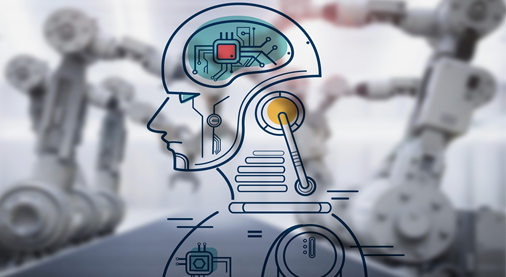
SAP Cash Application
SAP Service Ticket Intelligence

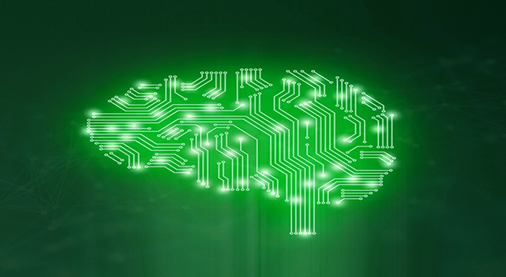
SAP Brand Impact
Our IoT Consulting Services
At any stage of digital transformation your business, whether you’re just getting started or have existing IoT challenges to overcome, our team can help you to develop an IoT road map and implement the right IoT application and architecture for your business, ensuring interoperability.
Optimize IT operations, and innovate business processes faster to become a best-run business.
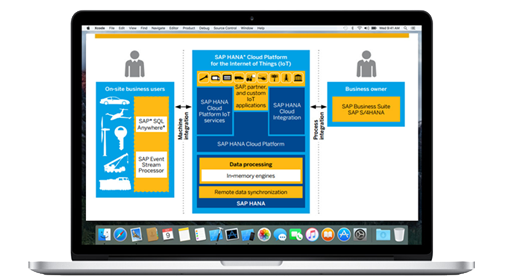
SAP IOT KEY BENEFITS
Internet of Things (IoT)
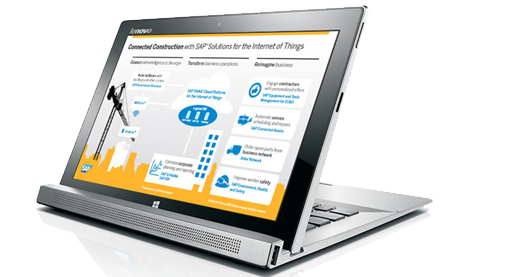
CONNECT, TRANSFORM, REIMAGINE
From Things to Outcomes
Optimize IT Operations and Innovate Business Processes More Quickly

What is SAP Analytics Cloud?
SAP Analytics Cloud combines BI, planning, predictive, and augmented analytics capabilities into one simple cloud environment. Powered by AI technologies and an in-memory database, it is one of the most advanced analytics solutions available today.Engineering
The importance of business analytics
Today, the use of business analytics software is often the deciding factor distinguishing industry winners from losers. Leading companies use analytics to monitor and optimize every aspect of their operations – from marketing to supply chain – in real time. They rely on analytics to help them make fast, data-driven decisions, grow revenue, establish new business models, provide five-star customer experiences, empower employees, gain a competitive edge, and so much more. Companies without analytics – or without good analytics – are left to make decisions and do business based on gut instinct and experience alone.
- Improved efficiency and productivity
- Faster, more effective decision-making
- Better financial performance
- Identification and creation of new revenue streams
- Improved customer acquisition and retention
The top business benefits of analytics are:
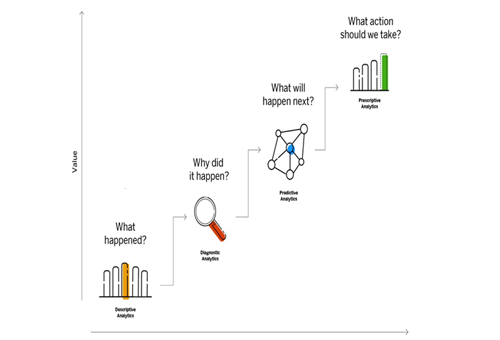
Four types of analytics
Deliver better customer experiences with intelligent sales, with one system for all order management, and customer interactions. Supporting end-to-end process for selling solution packages offered in a single quote and invoice.
Descriptive, diagnostic, predictive, and prescriptive analytics are the four forms of analytics. This super tool kit, when used together, will provide decision-makers with a comprehensive understanding of what is happening, why it is happening, what will happen next, and what to do about it – in every situation.
